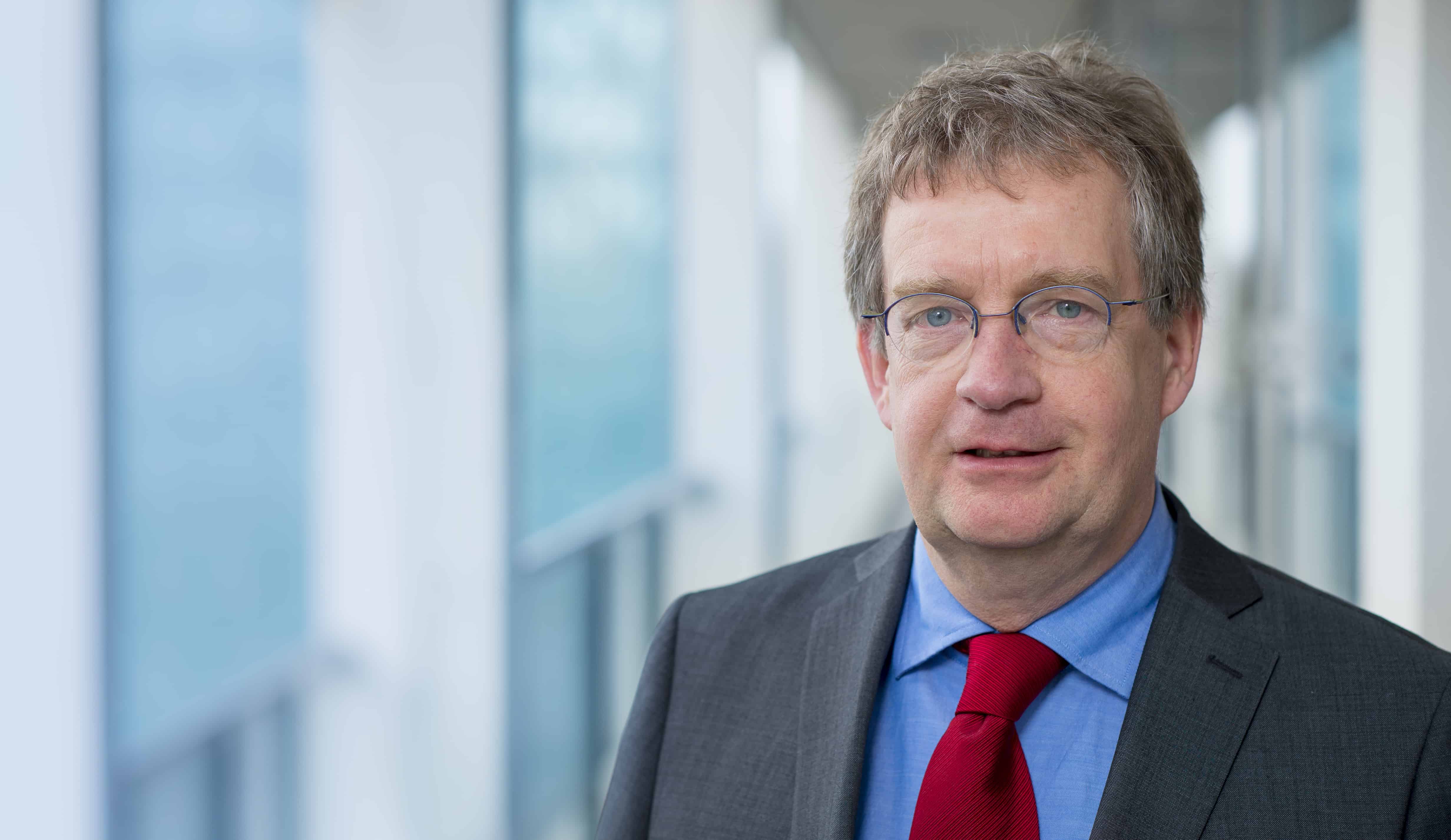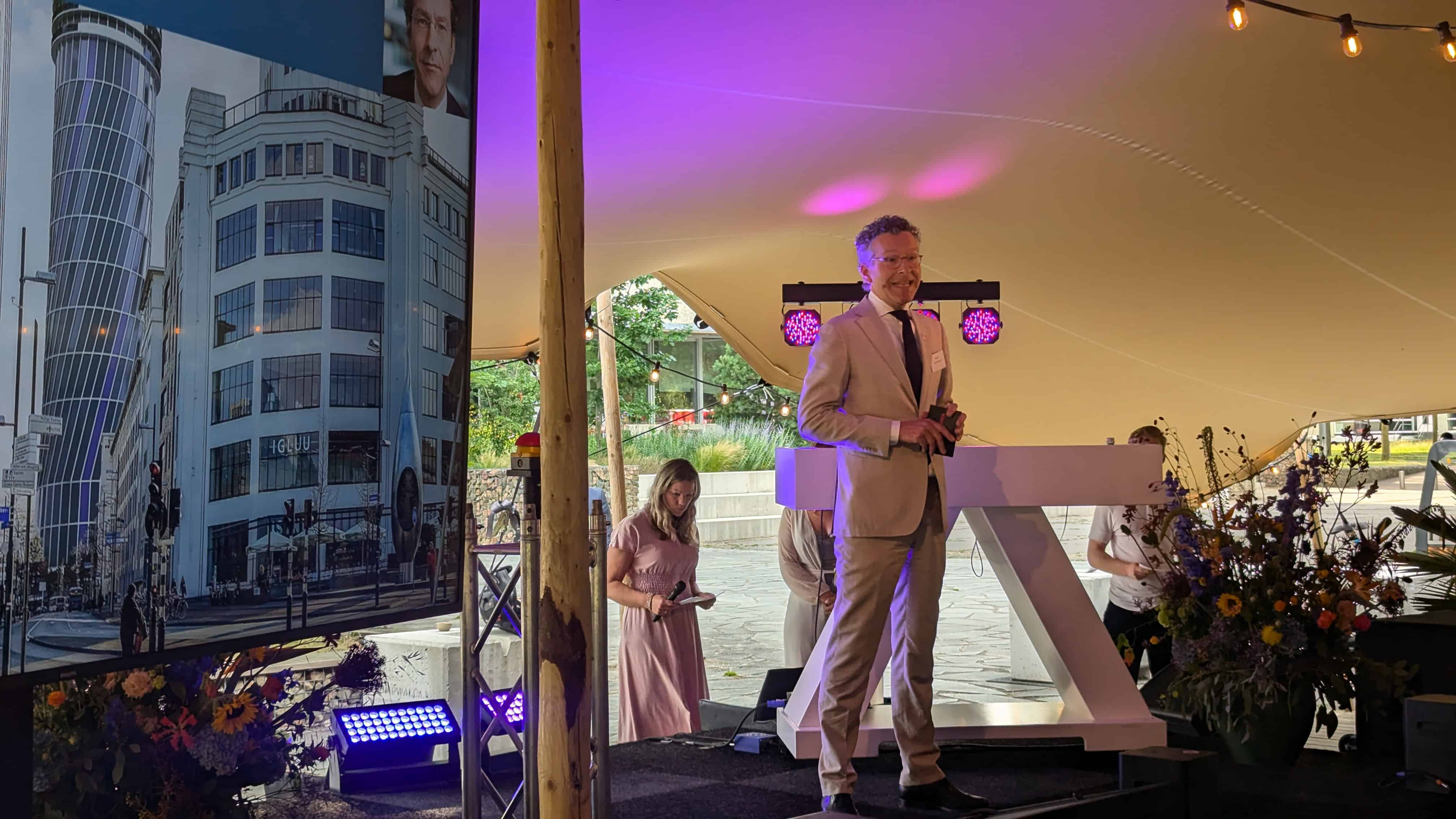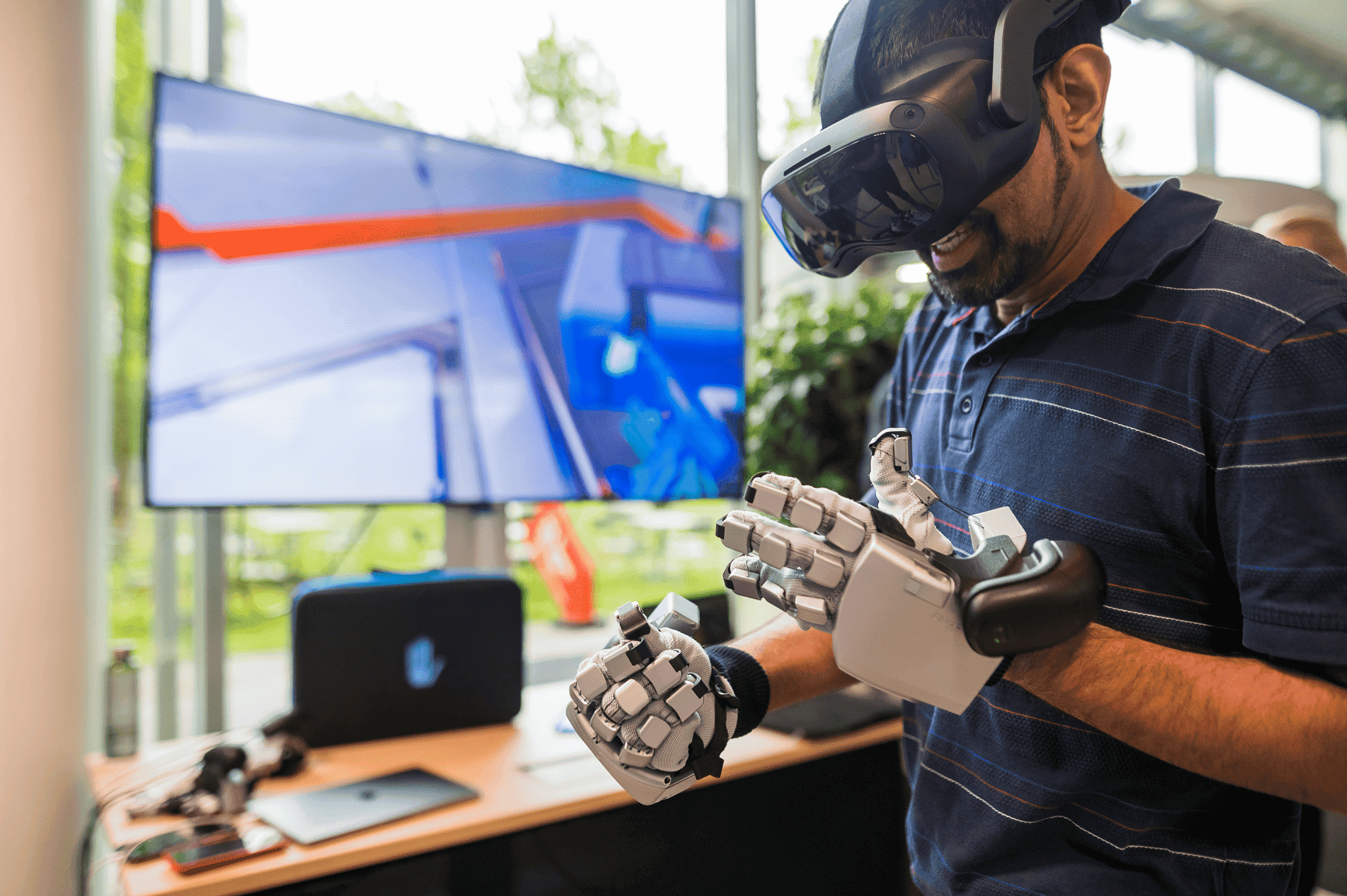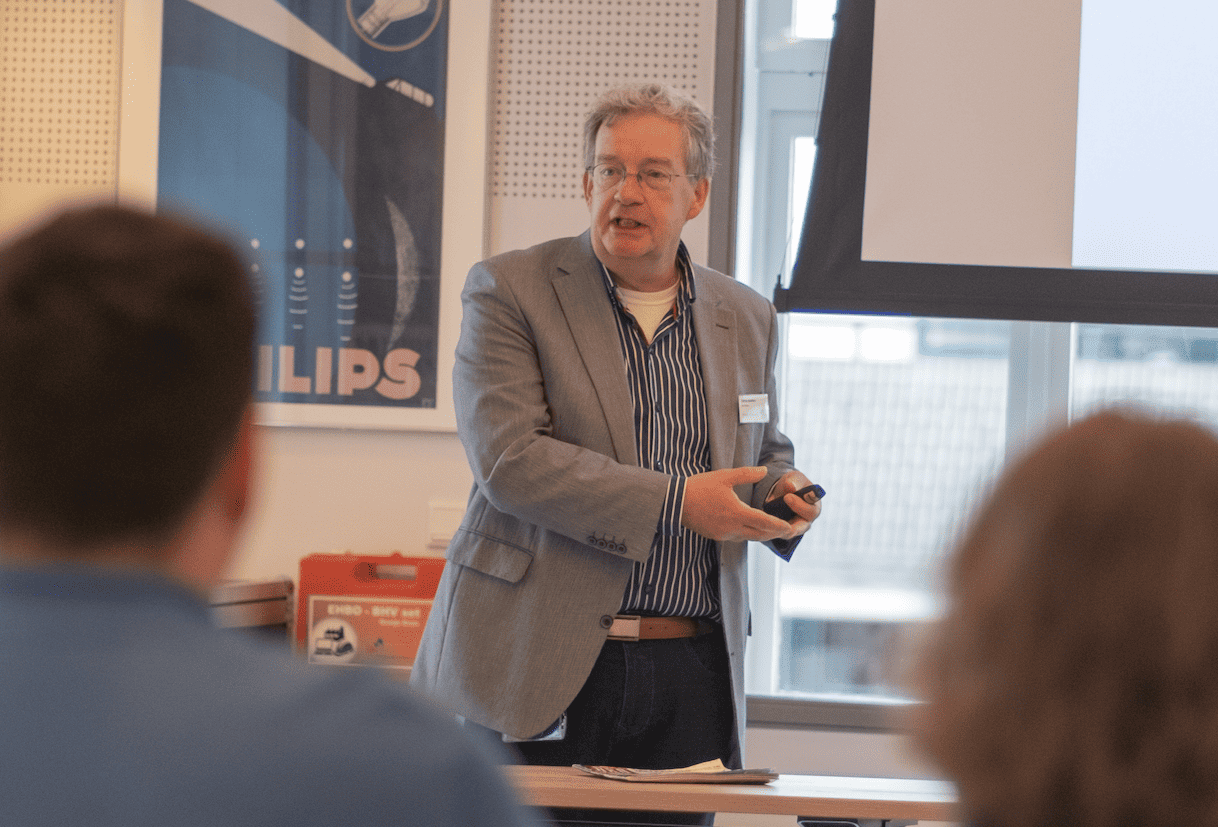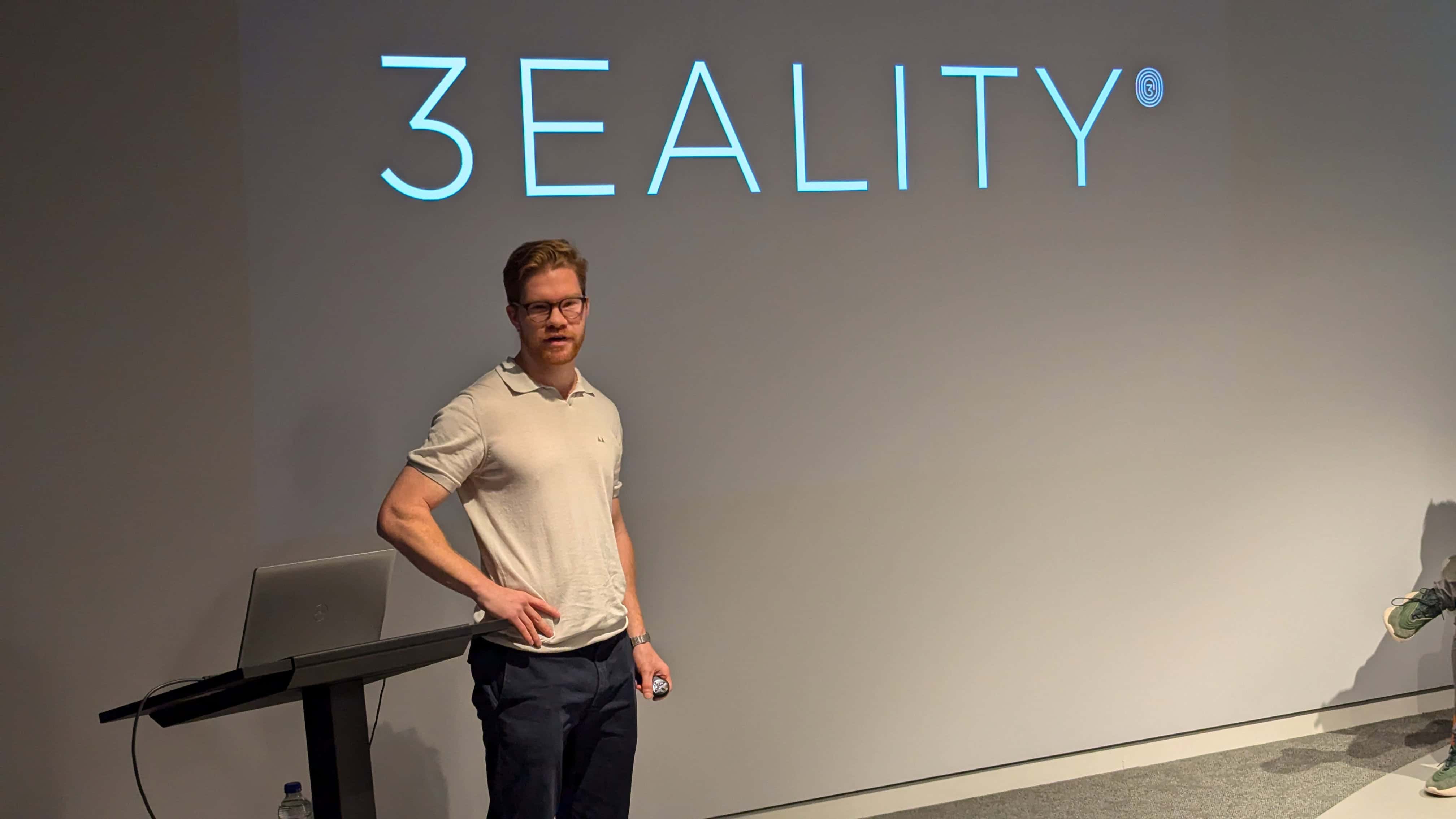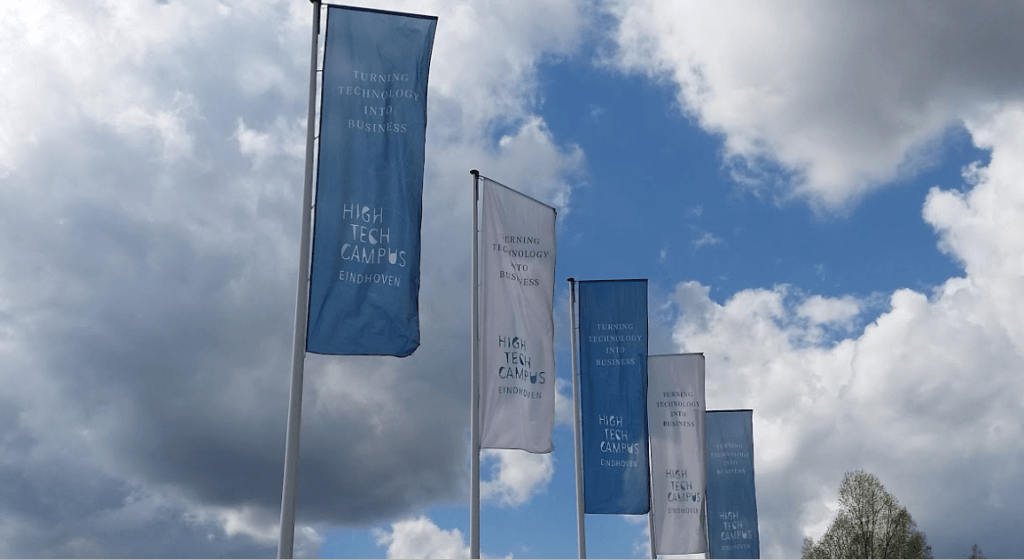
Mayor John Jorritsma seized his New Year’s reception for a firm statement: Only with a massive reorganization, Eindhoven can get the provisioning and development of better connections in order. Cases that are necessary for Eindhoven to remain appealing to international talents. Not everyone was equally charmed by the recommendations of the mayor. In a short series we gauged the reactions in the innovative ecosystem within Brainport Eindhoven. Today: Frans Schmetz, director at the High Tech Campus.
 The big advantage of an administrative merger lies, according to Frans Schmetz, in the pace of decision making. “Let me give an example. A few years ago we were discussing a better connection between ASML and the High Tech Campus, which has been a thorn in the side for me for years. There’s already a sort of paved path, you would think that it would be possible to improve that. But Eindhoven is only responsible up to the Hogt, after that point Veldhoven is responsible. That simply means there have to be several consultations to make a decision. In this case the result was that there was no decision. There still isn’t.
The big advantage of an administrative merger lies, according to Frans Schmetz, in the pace of decision making. “Let me give an example. A few years ago we were discussing a better connection between ASML and the High Tech Campus, which has been a thorn in the side for me for years. There’s already a sort of paved path, you would think that it would be possible to improve that. But Eindhoven is only responsible up to the Hogt, after that point Veldhoven is responsible. That simply means there have to be several consultations to make a decision. In this case the result was that there was no decision. There still isn’t.
It’s just an example, Schmetz emphasizes. “The bottom line is simply: the more consultations, the less decisions. If some consultations could be cancelled due to a reorganization, it helps us, by definition. To be clear: the quality of the people in these consultations isn’t the problem. They are all fine people, whether they’re responsible for roughly Bergeijk or for Eindhoven. But they stand for different interests, due to the nature of their assignment. That makes the game more complicated and less decisive for us all.”
Schmetz is expecting less advantage from a reorganization when it comes to the impact the municipality wants to make in The Hague. “Obviously, when we’re bigger than Utrecht, we can automatically join the G4 table – although that will then become the G5. But does that also mean that a HSL with Düsseldorf will come into the picture sooner? Or that we will immediately get our own Rijksmuseum in Eindhoven? That the connections with the Randstad will improve? I’m afraid not.”
Schmetz has said it before: especially better facilities and connections are much needed to make Eindhoven more appealing to foreign talents. “We are, after all, just a small, unattractive city when you compare us to Brussels, Munich, London or Amsterdam. We are bringing thousands of expats here based on the content of the work, but more is needed to maintain them. Expanding the municipal boundaries isn’t just going to help there.”
 Like CEO Daan Kersten from Additive Industries stated earlier this week, the region has, also according to Schmetz, a need for some big projects. “We could really use the help from the national government there. Look at how Utrecht handled the drama of the Uithof, the university campus. It was a remote area, difficult to reach and at night it was just unsafe. For 80 million euros, there will be an express tram that connects the area to the city. Now look at us: 25.000 highly educated knowledge workers are working at our own Zuidas, for whom there is only a poor bus service. It is no wonder that everybody keeps using their own car.”
Like CEO Daan Kersten from Additive Industries stated earlier this week, the region has, also according to Schmetz, a need for some big projects. “We could really use the help from the national government there. Look at how Utrecht handled the drama of the Uithof, the university campus. It was a remote area, difficult to reach and at night it was just unsafe. For 80 million euros, there will be an express tram that connects the area to the city. Now look at us: 25.000 highly educated knowledge workers are working at our own Zuidas, for whom there is only a poor bus service. It is no wonder that everybody keeps using their own car.”
Schmetz already has a step towards a solution: “Make sure there’s a hypermodern Transferium somewhere around the Hogt, through which the airport, ASML, the High Tech Campus and the inner city are connected by high quality public transport. For such a project, help from the national government is much needed. Their responses saying these sort of projects should come from private funds only have to stop. So far we have consistently received that response, maybe that will change once we are bigger than Utrecht.”



